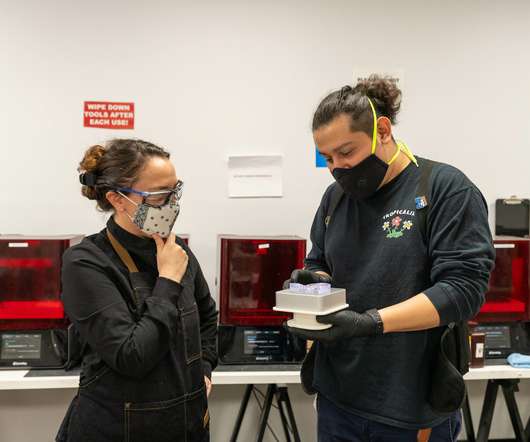Content, Skill and Scale: ID Best Practices?
Infopro Learning
JULY 27, 2023
Amidst this dynamic landscape, an unwavering and essential design principle remains – Instructional Design (ID), now often referred to as Learning Experience Designer. This discipline adheres to a structured approach, which includes assessing requirements, devising a process, creating materials, and appraising their efficacy.








































Let's personalize your content